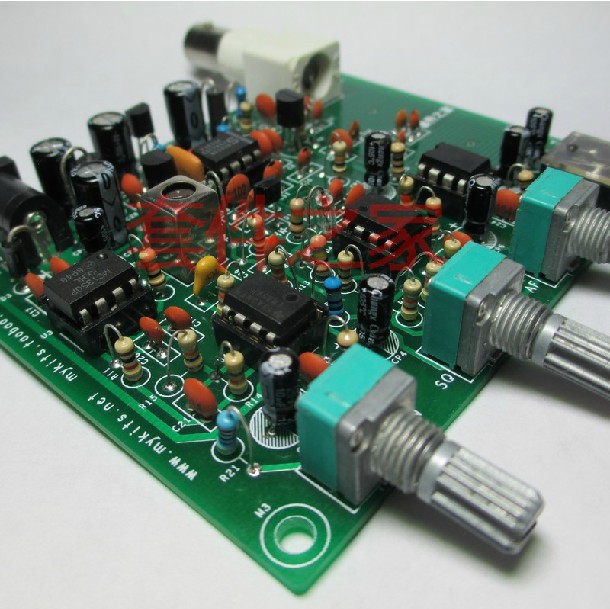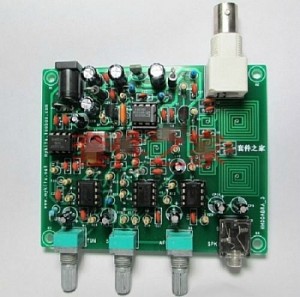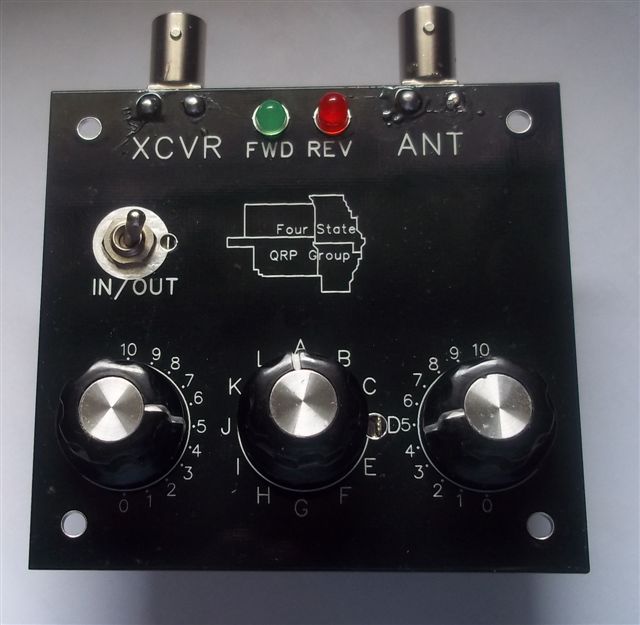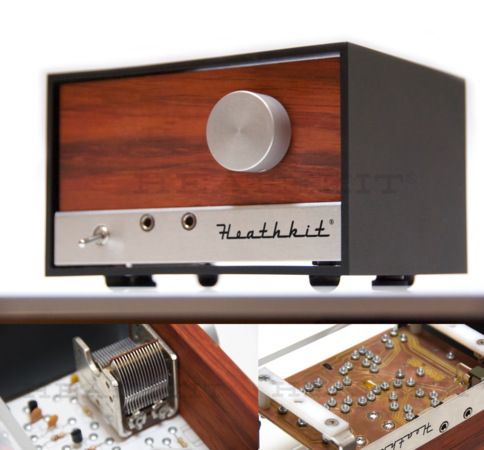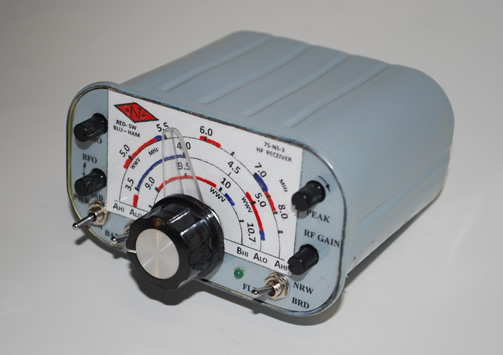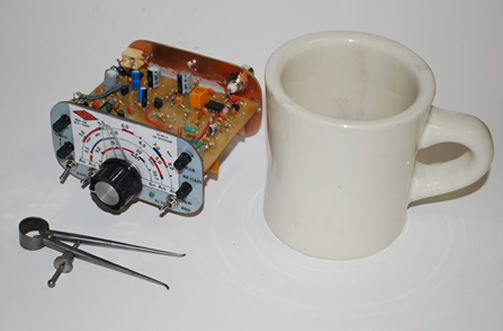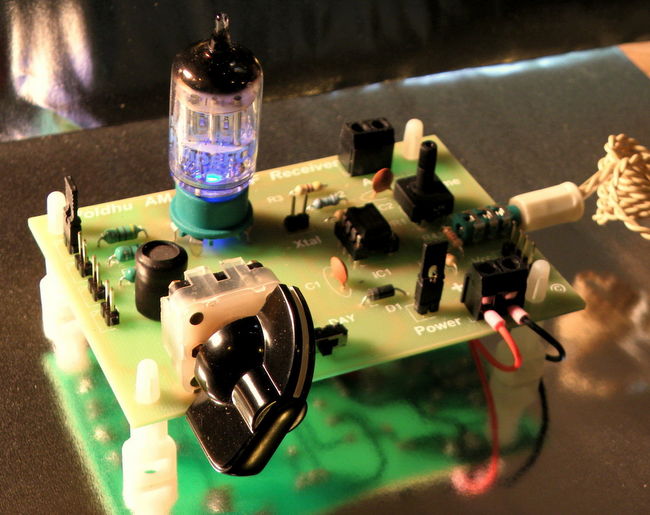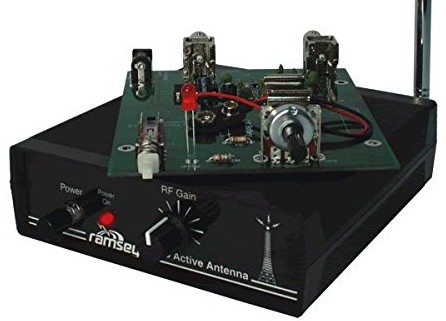 Ramsey Electronics recently announced the following on their website:
Ramsey Electronics recently announced the following on their website:
 For more than 4 decades, the name Ramsey Kits has been synonymous with some of the neatest and the greatest electronic products and hobby kits for the do-it-yourself hobbyist. In those 40+ years, we always thought “outside the box” when we designed a new kit, making us known worldwide as the number one hobby kit manufacturer.
For more than 4 decades, the name Ramsey Kits has been synonymous with some of the neatest and the greatest electronic products and hobby kits for the do-it-yourself hobbyist. In those 40+ years, we always thought “outside the box” when we designed a new kit, making us known worldwide as the number one hobby kit manufacturer.
Back in the early 70’s it all started with the infamous “LED Blinky Kit” as our first kit. As the standard first kit sold to schools, scouting groups, and individuals, that one single kit became the very first electronic soldering kit experience for hundreds of thousands of hobbyists. And from that very first kit with only 10 components in it, the 16 page manual was written to delve deep into the circuit to cover how and why it works, in a fun and very easy to understand format. This practice followed over all these years, some 311 products later, earning us praise from everyone from teachers, educators, and engineers, to school children, scouts, and do-it-yourself hobbyists.
While our Hobby Kit Group was busy churning out the kits and products you’ve become so familiar with, our Professional RF Test Equipment Group was busy achieving similar milestones in that industry. From the largest manufacturer of RF pager test equipment, the world’s largest pager test training school, the world standard for cost effective communications service monitors, to our patented RF Isolated Test Enclosures, Ramsey Test has become equally synonymous as the most trusted RF Test Enclosure manufacturer worldwide.
The rapid changes in technologies have made it difficult for the do-it-yourself hobbyist. You just don’t go out and build yourself an 802.11ac wireless router these days! You buy one at the corner big-box store for fifty bucks! One of my favorite kits I personally built was a 25” Heathkit GR295 color TV! It was considered ahead of its time for TV’s, and you had to build it. You just can’t do that today either.
Therefore, following our well respected predecessors like Heathkit, KnightKit, Eico, and others in the past, we are discontinuing our Hobby Kit Group January 1, 2016.
We are extremely proud of our 4 decade heritage of being the leading hobby kit manufacturer worldwide, and consider it an honor that we helped hundreds of thousands of hobbyists make their entry into electronics. We end our heritage with a smile, not a frown, and say thank you, to all our customers and fellow hobbyists.
For our existing Hobby Kit customers, for hobby kits purchased through the end of 2015, our premier tech and warranty support will continue as usual throughout the 2016 warranty period.
To help our Hobby Kit customers obtain some great deals in remaining hobby kit inventory, it has been relocated to Amazon’s fulfillment warehouses, and may be purchased directly at Amazon where you can take advantage not only of low close-out prices, but of their free 2nd day delivery with your Prime membership. The Ramsey Test RF Test Equipment Group is unaffected by this change, and remains to be the leader in RF isolation test equipment throughout the wireless industry.
If you came to this page looking for Ramsey Kit products, we urge you to check with Amazon, you will find some great deals.
If you have any questions or comments about the end of our Hobby Kit legacy, feel free to use the email response form below.
Once again, we feel honored that you trusted Ramsey Kits over these past 4 decades to learn about electronics. All of us in the Hobby Kit Group urge you to continue your pursuit. Some of the nation’s top electronic engineers, scientists, and entrepreneurs started by learning and building hobby kits… pass it on to your kids!
Best regards,
The Ramsey Electronics Hobby Kit GroupRamsey Electronics® | 590 Fishers Station Drive Victor, NY 14564 | 800-446-2295

